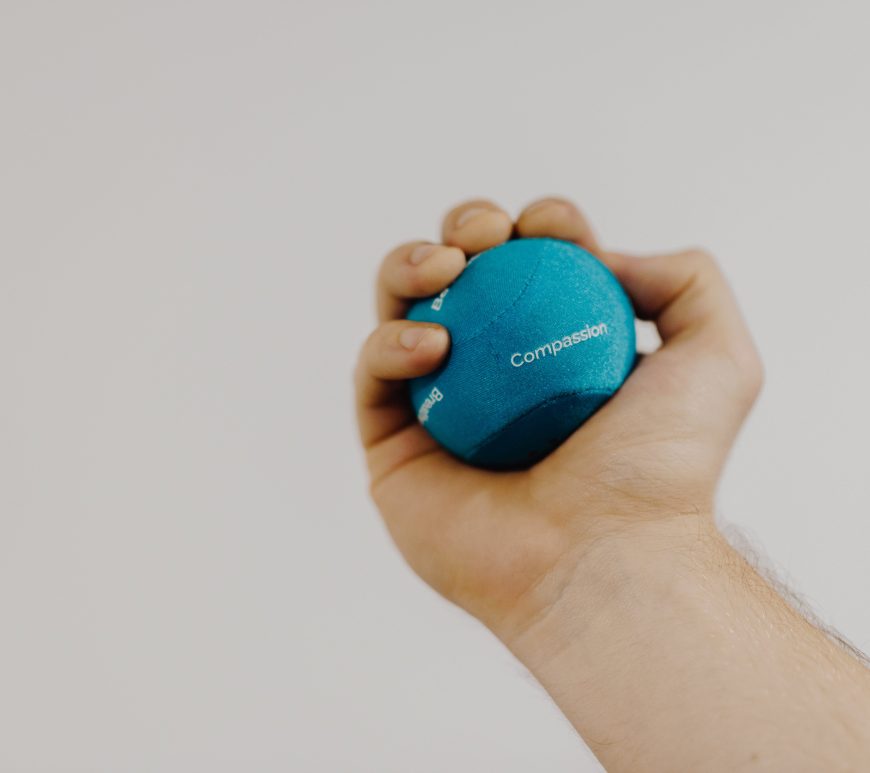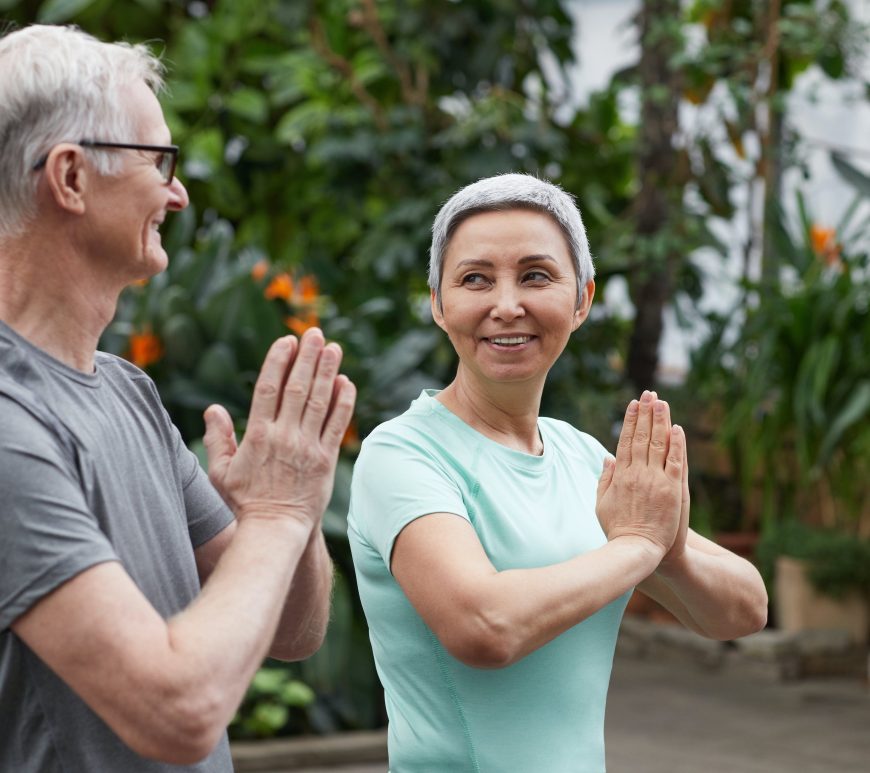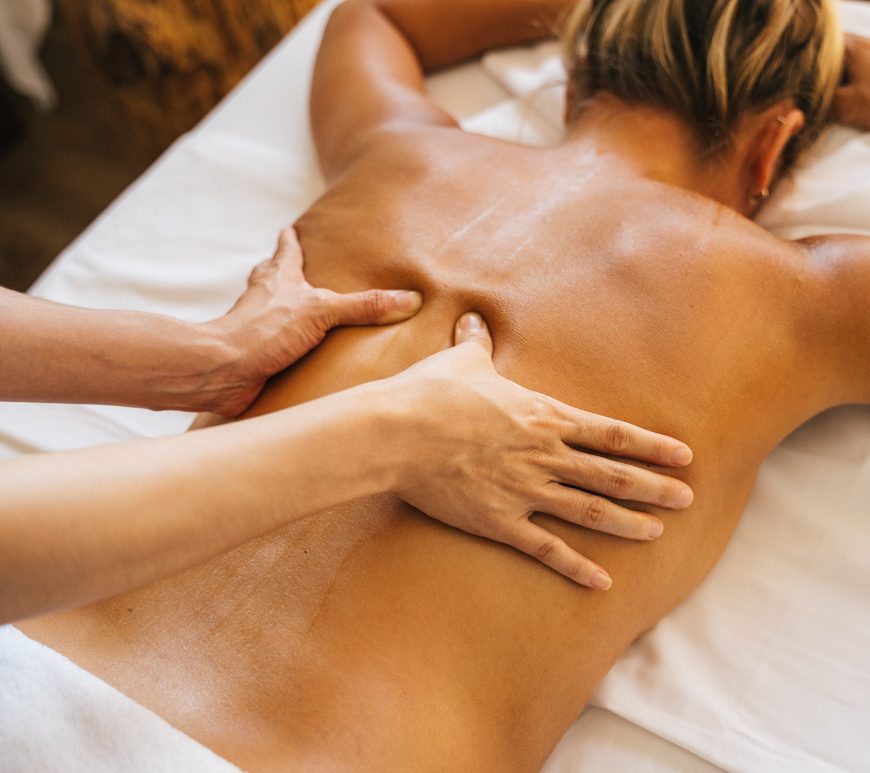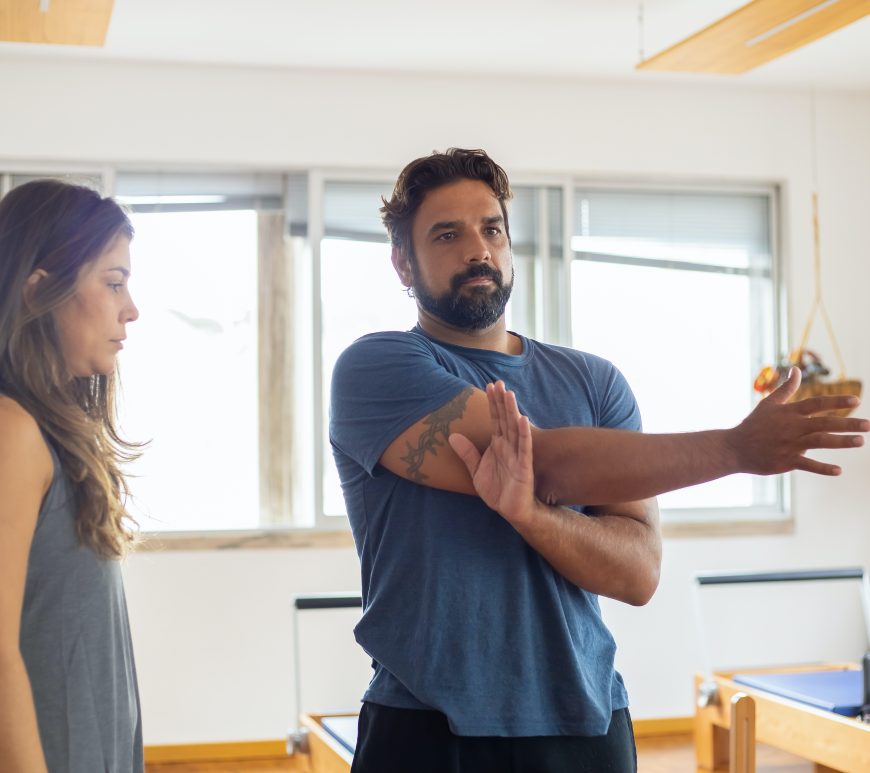
Can wuqinxi exercise revolutionize hand dexterity in parkinson’s disease?
Parkinson’s Disease (PD) is a neurodegenerative disorder that often leads to motor impairments, including reduced hand dexterity. Exercise interventions have been explored as potential strategies to address these symptoms. In 2020, the study investigates the impact of Wuqinxi, et. al., a traditional Chinese exercise, on hand dexterity in individuals with mild-to-moderate PD. Forty-six elderly participants with PD were randomly assigned to either the Wuqinxi group … Continue reading Can wuqinxi exercise revolutionize hand dexterity in parkinson’s disease?



